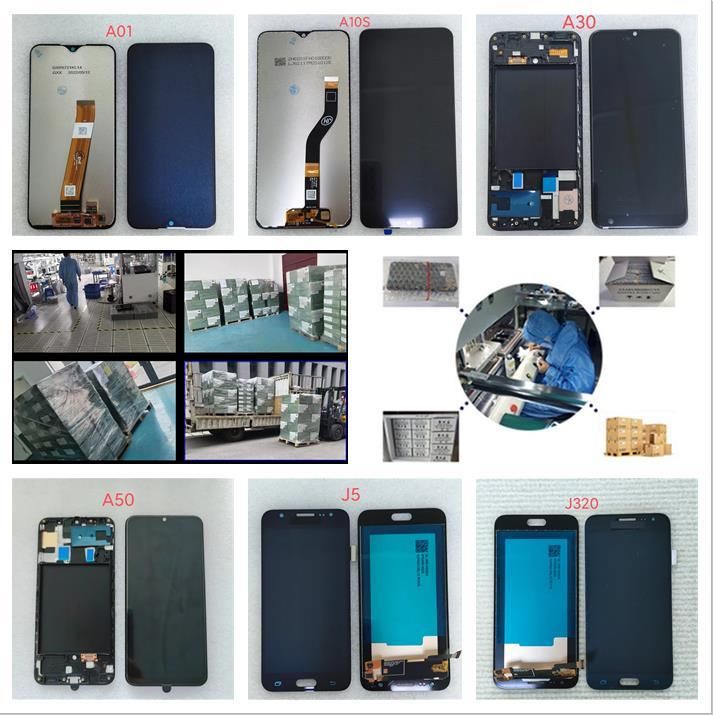A mobile LCD (Liquid Crystal Display) is a type of screen technology commonly used in mobile devices such as smartphones and tablets. It is a flat-panel display that uses liquid crystals to create images and colors on the screen.
LCD screens consist of several layers that work together to produce the display. The primary components include a backlight, a layer of liquid crystals, a color filter, and a polarizer. The backlight is typically a fluorescent or LED (Light-Emitting Diode) light source located at the back of the screen, providing the necessary illumination.
The layer of liquid crystals is situated between two layers of glass or plastic. The liquid crystals are made up of molecules that can change their alignment when an electric current is applied. By manipulating the electrical currents across specific areas of the screen, the liquid crystals can control the passage of light.
The color filter layer is responsible for adding color to the light passing through the liquid crystals. It consists of red, green, and blue filters that can be individually activated or combined to create a wide range of colors. By adjusting the intensity and combination of these primary colors, the LCD can display various shades and hues.
The polarizer layers are placed on the outer sides of the LCD panel. They help control the orientation of the light passing through the liquid crystals, ensuring that the screen produces a clear and visible image when viewed from the front.
When an electrical current is applied to a specific pixel on the LCD screen, the liquid crystals in that pixel align in such a way as to either block or allow light to pass through. This manipulation of light creates the desired image or color on the screen.
Mobile LCDs offer several advantages. They can provide sharp and detailed images, accurate color reproduction, and high resolutions. Additionally, LCD technology is generally more power-efficient compared to other display technologies like OLED (Organic Light-Emitting Diode).
However, LCDs also have some limitations. They typically have a limited viewing angle, meaning that the image quality and color accuracy can degrade when viewed from extreme angles. Furthermore, LCD screens struggle to achieve deep blacks since the backlight is constantly illuminating the pixels.
In recent years, OLED and AMOLED (Active-Matrix Organic Light-Emitting Diode) displays have gained popularity in the mobile industry due to their advantages over LCDs, including better contrast ratios, wider viewing angles, and thinner form factors. Nonetheless, LCD technology remains prevalent in many mobile devices, particularly in budget-friendly options or devices with specific display requirements.
Post time: Jun-30-2023

